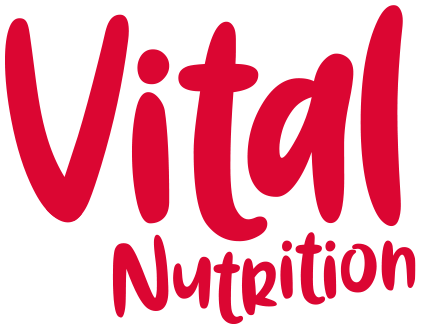Healthy cholesterol balance
We know that high cholesterol is a risk factor for heart disease and strokes, but there are different types cholesterol - the good stuff (HDL) and the not-so-good stuff (LDL), so it is really important to know your balance.
Total Cholesterol should be below 5.0 mmol/L
HDL (High Density Lipoproteins) = this is the good cholesterol or that takes fat away from your artery walls. This should be above 1.0mmol/L for males and above 1.2mmol/L for females
LDL (Low Density Lipoproteins) = this is the ‘bad’ cholesterol that builds up fatty deposits on your artery walls and can increase your risk of heart disease and strokes. LDL should be below 3.0mmol/L
• Triglycerides are type of fat and the levels in your body are largely dependent on the food you eat. It is found in high level in meat, dairy products and cooking oils. Levels should be below 1.7mmol if fasting and 2.3mmol non-fasting
If you know you have high cholesterol, your LDL levels are elevated, your HDL is not quite as good as it should be, or your triglycerides are on the high side, here are some simple solutions to help you reset your lipid score.
1. Adopt a Mediterranean diet
Research strongly shows that eating a Mediterranean diet can make a big difference to cholesterol levels. This does not mean eating lots of pasta and pizza! Instead, pack your diet with vegetables, eat lots of olives, olive oil and oily fish and don’t eat junk food.
There are lots if ingredients in this type of diet that have a really positive effect on your cardiovascular system and cholesterol balance. Here are some super foods for cholesterol:
Garlic
Olives and olive oil
Oily fish
Green tea
Beans and lentils
Wholegrains, especially oats and barley
Flaxseed - a tablespoonful daily (best if is is milled or ground)
Berries - fresh or frozen
Tomatoes - fresh tinned or pureed. If fresh, eat with olive oil for maximum benefits
Green leafy veggies like rocket, watercress Savoy cabbage. leeks, kale or broccoli
2. Eat lots of healthy fats
Omega 3 fats from oily fish can help to reduce triglycerides and increase levels of your healthy HDL cholesterol.
Aim to eat oily fish like salmon, mackerel, trout, sardines, herring or anchovies 2-3 x week.
Make the switch to olive oil. Packed with monounsaturated fats that is super for cardiovascular function and cholesterol balance. Use it for cooking and buy a really good extra virgin olive oil for dressings and drizzles, Try it drizzled over steamed veggies, or mix with balsamic vinegar and mustard to make a quick and healthy salad dressing.
Pack plenty of nuts and seeds into your diet, especially flaxseed, walnuts and almonds. Aim for 1-2 heaped dessertspoonfuls a day.
3. Max out on fibre
Soluble fibre found in fruit, veg, beans, oats and flaxseed can help to reduce the absorption of cholesterol into your bloodstream and decrease levels of LDL. We should be eating 30g of fibre a day, but many of us fall short. Eat more vegetables, fruit, beans, lentils, flaxseed and wholegrains to help.
4. Drop the processed fats
Check labels for hydrogenated fats, partially hydrogenated fat or hydrogenated vegetable oils. These processed trans fats are not always listed on the label, but they have a disastrous effect on cholesterol – increasing total cholesterol and reducing your protective HDL levels. Biscuits, crisps, fried foods and packaged foods are sources of these harmful fats.
5. Keep a check on saturated fats
Saturated fats from butter, cheese, meat and other full fat dairy products can increase total cholesterol. Choose cottage, feta or goat’s cheese. Use butter sparingly and choose leaner cuts of meat.
6. Cut out the bad stuff
Limit your alcohol intake
Don’t smoke
Eat less sugar
Avoid processed foods
Cut back on high fat foods
Avoid fast foods and takeaways

